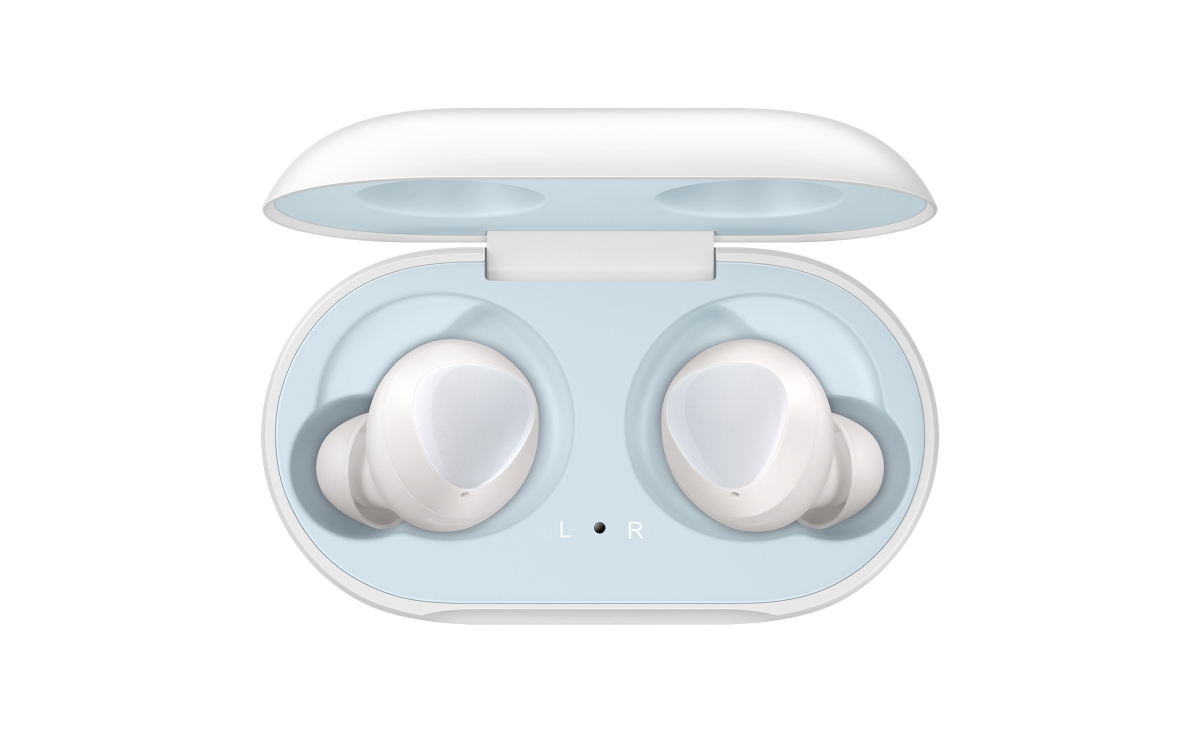Along with the Samsung Galaxy S20, Samsung released the second generation of its TWS earbuds, the Galaxy Buds+. That came with some added software features such as quick access to Spotify, as well as the “Ambient Sound” feature that lets you hear what’s going on around you while using the earbuds.
Now, the Korean company has announced that new software updates are being pushed to the first-generation Galaxy Buds, which will bring added functionality for users from Samsung’s second generation of earbuds.
Firstly, the Galaxy Buds will now support Microsoft Swift Pair, which is a feature that allows for easy pairing with a Windows 10 PC, with support for multiple device connections. In the remote working conditions that have become commonplace now, this means that you can easily hook up your Buds to your PC for work calls, or even simply to listen to some tunes.

As mentioned, Galaxy Buds users will also be able to have automatic access to the Ambient Sound feature. Prior to the update, to turn the feature on, you would have to open the Galaxy Wearable app on your smartphone—instead, the feature will now turn on automatically.
This is basically a mode where the earbuds pushes through sound from your environment, so that you can remain aware of your surroundings—this also works with just one earbud on. Of course, there is still no noise-cancelling; Active Noise Cancelling (ANC) technology isn’t a part of the Galaxy Buds’ offering.

For those of us who use Spotify regularly, the update also brings instant access to personalised music via the Galaxy Buds. You’ll need to tap and hold the earbuds’ touch buttons, and Spotify will resume playback (from where you left off). If you get bored of your own music, tap and hold again—and you’ll have instant access to Spotify’s recommended playlist instead.
The update is rolling out now to Galaxy Buds users who have the latest version of the Galaxy Wearable app and firmware on the Galaxy Buds. To find out if the update is available for you, head over to your Galaxy Wearable app.
To find out more, click here.








